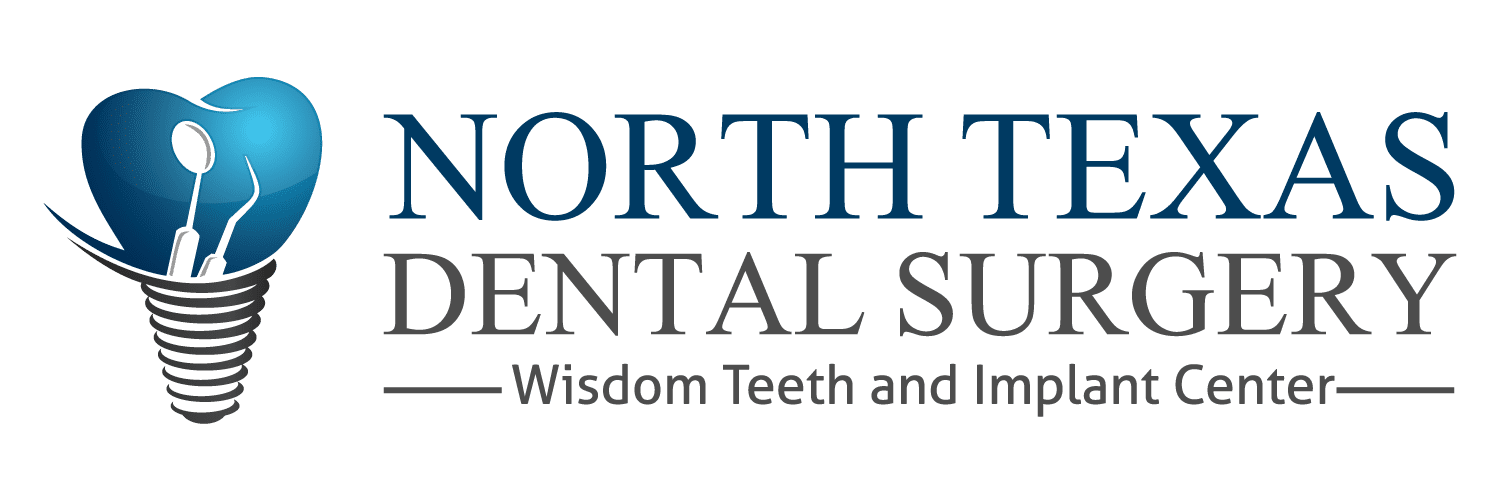When All-on-4 Dental Implants Go Wrong: A Real Patient Case Study
A 35-year-old patient traveled to us after multiple trials and “final” teeth left him with speech issues, lip biting, and a smile that never felt relaxed. Here’s what happened, why it happened, and how we fixed it the right way.
The Patient’s Concerns
After several wax try-ins and two PMMA fixed trials, the patient still felt his teeth were too large and too far out, causing frequent lip biting and difficulty speaking. He also struggled with dry mouth because his lips could not meet comfortably at rest.
- Teeth felt bulky and protrusive
- Too much upper tooth display at rest
- Clicking in front teeth during speech
- Constant dry mouth from lips not closing
Vertical Dimension: Comfort, Aesthetics, and Health
Your vertical dimension of occlusion (VDO) is the space your upper and lower teeth need when you bite together. If VDO is set too open, lips can’t close, speech suffers, and facial muscles strain. If it’s too closed, the lower face can look collapsed.
In this case, excessive VDO and an over-bulky prosthesis created both functional and cosmetic problems. The result: constant compensating and zero comfort.
What Went Wrong?
Our review of photos and CBCT scans highlighted several issues:
- Implant positioning: Too far lingual, forcing a bulky prosthesis that pushed the lips outward.
- Overdenture-like layout: Implant configuration didn’t follow a prosthetic plan for fixed full-arch teeth.
- Process led by the lab, not the doctor: Many trials without addressing the fundamental bite and space problems.
Technology and labs are invaluable, but the restorative doctor must lead the plan. The lab supports the plan—it shouldn’t have to rescue it.
The Hidden Costs of “Trial and Error”
After eight total trials, the bite was still off. That’s like taking your car in eight times for the same issue. Beyond money and time, the emotional cost is real—patients invest trust in life-changing care and deserve predictable results.
Skipping intentional prosthetic planning, inadequate bone reduction to create space, and accepting compromises too early in the process.
How Do You Fix It?
Options range from prosthesis revisions (when implant positions allow) to removing and replacing implants to restore ideal space, strength, and aesthetics. For young patients with strong bite forces, thinning the zirconia to “make it fit” can raise future fracture risk—especially if VDO needs to be closed significantly.
Reassess face height, incisal edge position at rest, speech sounds, CBCT anatomy, and occlusal scheme. If implants limit success, we discuss revision vs. complete redo, prioritizing long-term comfort and durability.
Key Takeaways for Patients Considering All-on-4
- Choose the right team from the start. Work with a prosthodontist or a restorative dentist experienced in full-arch cases, in tight collaboration with the surgeon.
- Be wary of “final zirconia in a week.” Healing and testing are essential for a natural, lasting result.
- Bone reduction isn’t “bad.” It’s often necessary to create room for a properly sized, strong prosthesis.
- In-house labs help. Real-time collaboration improves quality control and speed of corrections.
- Do it once, do it right. Full-arch treatment is a major investment—cutting corners leads to costly revisions.
Final Thoughts
All-on-4 isn’t one-size-fits-all. Success requires careful planning, precise surgery, and a prosthetic design that respects aesthetics, speech, and function. Our multidisciplinary team at North Texas Dental Surgery focuses on getting these elements right—so your smile feels natural, looks great, and lasts.
Considering All-on-4 or a revision? Bring your scans and prior records for a focused consultation. We’ll map a plan that prioritizes comfort, aesthetics, and long-term durability.

